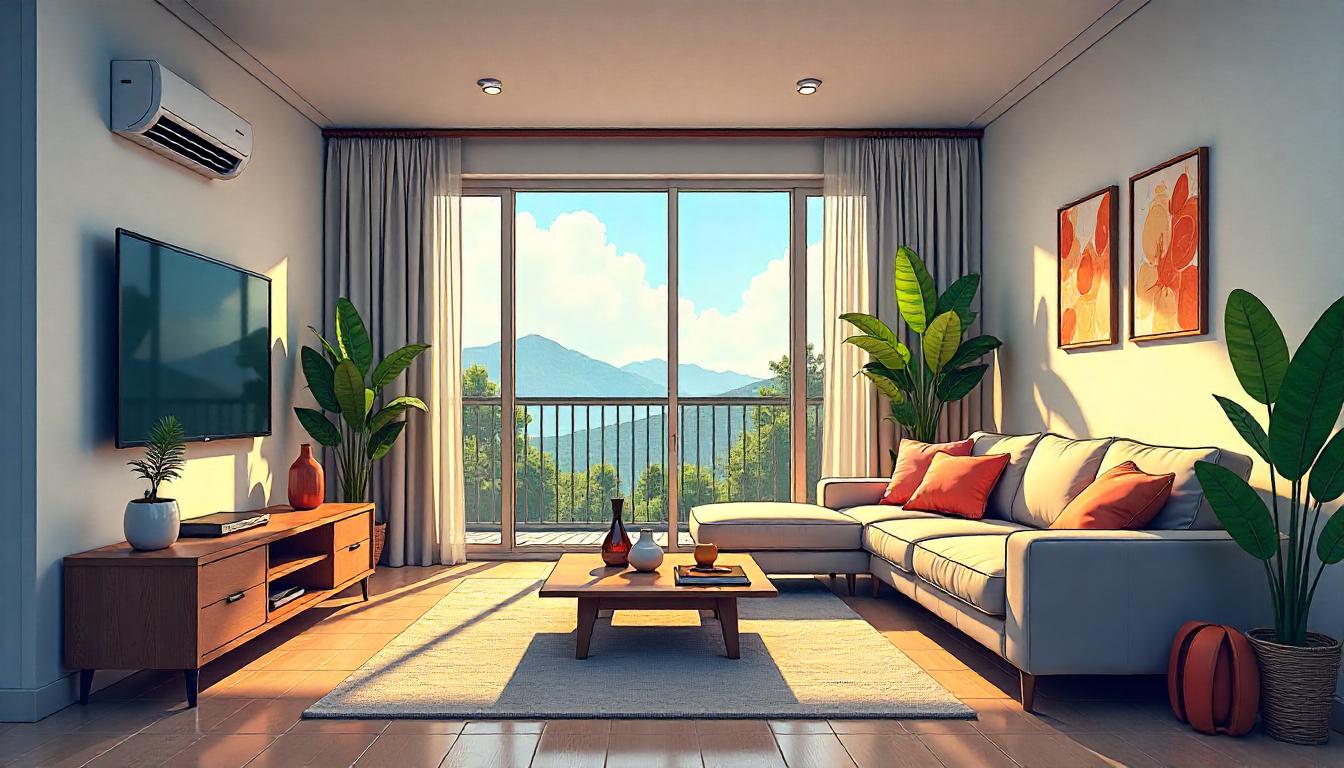
Conventional homes have now become unsustainable; the need to have big houses adds more to the pressure on our environment. Cities are jam-packed with people who are ravaging our ecosystem to get this unsustainable lifestyle.
But, do you know that there’s one material that is safe, healthier, sustainable, and durable, and even has negative carbon? That’s hempcrete!
Hempcrete is a composite that is made from fibers of the industrial hemp plant; it consists of hemp hurds, made from hemp stalk, water, and powdered lime. Combined together and with the chemical reactions of hemp, lime, and water, it then gets turned into a hard stone of lime.
Furthermore, hemp has become the most popular choice of creating eco-friendly construction material.
How Did The Hemp-Constructed Houses Start?
The first hempcrete houses were built with a team of 40 subcontractors, designers, and volunteers in the United States. The house featured an eco-friendly design and was appreciated by the community members.
Later in 1980, when its cultivation was legal, hundreds of houses were made. Workers use hemp to fill roots, walls, and under the floor lining.
Benefits Of Hempcrete
It Sequesters Carbon
Imagine having a home that provides clean and carbon-free air! Well, hemp is one of the building materials that help to remove carbon from the air. Traditional methods, like using fiberglass for insulation, give enough carbon footprints. However, with hemp, you can minimize the carbon emission and can have a green home.
It Is Safe For People With Allergies And Sensitive Skins
The products that are used for construction have a huge impact on our health. However, with hemp, you don’t have to worry about anything. It’s clean, non-toxic, and doesn’t require any herbicides or pesticides to grow.
Also, it is harvested in a clean environment without using any harsh chemicals. Using the plant in home construction will protect your loved ones from other illnesses that might occur because of building material.
Besides, the lime binder that is used in hempcrete is also anti-bacterial and anti-microbial, which is also safe for your family.
Hempcrete Is Strong
Even if you are not using hemp for structural framing, you can use it in buildings to add structure and strength. Hempcrete, when used for beds, will prevent them from bending and buckling under loads. It can be a backbone of a structurally strong home.
Hurd Is A Bonus
Hemp is grown for getting seed and fiber, with hurd left behind. Therefore, when the hemp is used for clothing, rope, and even for manufacturing hemp seed oil, its remnants (the inner woody core known has “hurd” or “shiv”) can be used for making hempcrete. Also, every single part of the hemp plant is used for manufacturing something useful.
It Breathes Moisture
The hemp plant is quite porous in nature, and due to its porosity, it easily soaks up water from the air to release it when the moisture level goes down. Also, hemp absorbs heat and humidity when the temperature becomes hot.
Hempcrete Vs. Concrete
The ideal comprehensive strength of hempcrete is approximately 145 PSi, which equates to over 1/20 of residential grade. Also, hempcrete is low in density, which is why it is easier and cleaner to use lime. Also, when using it with a lime binder, hempcrete becomes strong and strengthens the structure.
Is Hempcrete Fireproof
Since the fibrous hemp herd is used in the mixture, this mixture, when combined with water and lime, becomes completely fire-resistant. Therefore, hemp can prevent houses from catching fires.
The Durability Of Hempcrete
Hempcrete is quite durable; the blocks and bricks can last for hundreds of years and can easily withstand damages and external pressure. Also, because of its durability and strength, hempcrete is bulletproof and soundproof.
Can Hempcrete Maintain Insulation
Hempcrete is insulated in every climate. Why? Because hemp hurds is porous, which absorb moisture in the internal surface of the plant fiber. Therefore, when the excess moisture gets absorbed in air, hempcrete absorbs it and retain it.
Hempcrete is one of the most useful and resourceful building material that not only keep the environment safe but also protect our homes.




